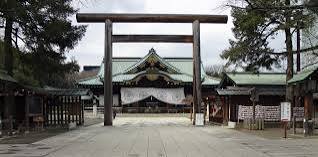What do you think?
Rate this book


208 pages, Hardcover
First published January 1, 2003

“Overconfidence, fanaticism, a shrill sense of inferiority, and a sometimes obsessive preoccupation with national status–these have all played their parts in the history of modern Japan, as we shall see. But one quality has stood out to serve Japan better than any other: the grace to make the best of defeat.” p. 7, PrologueI picked up my paperback used version of this book from a small, US college town for $2.98. It has pink highlighter throughout, clearly used by a student for some kind of Japanese history class. In the quote above, the last sentence was highlighted. I probably would have highlighted it too when I was a student, but at this point in time I’m more interested in the former sentence.